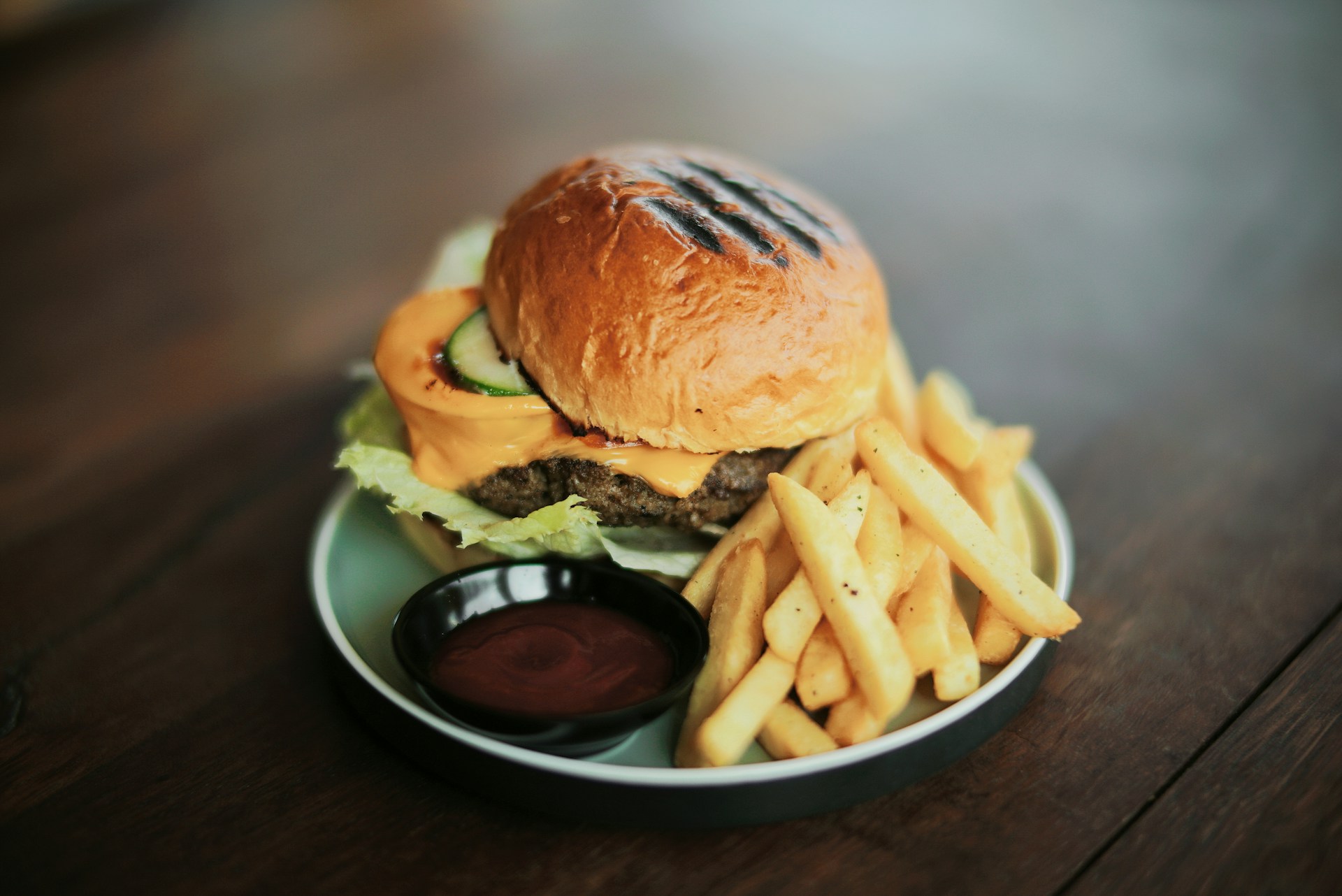Correlation between Individual Dietary Diversity and Children 2-5 Years Old Nutrition Status in Batur Village, Getasan Regency, Semarang District
Hubungan Keragaman Pangan Individu dan Status Gizi Anak 2-5 Tahun di Desa Batur Kecamatan Getasan Kabupaten Semarang

Downloads
Background: In the rural area, food security problem tends to be a challenge. This situation arose because of the lack of dietary diversity and impacted family nutrition, especially for infants.
Objectives: This study aimed to determine the correlation between individual food diversity and the nutritional status of children 2-5 years in Batur Village, Semarang District, Indonesia.
Methods: Observational research with a cross-sectional design was carried out. The respondents were families with toddlers aged 2-5 years and members of the Integrated Service Post (Posyandu) in Batur Village, Getasan Health Center. This research instrument used a food recall questionnaire 1x24-h and was processed based on the Individual Dietary Diversity Score (IDDS). Sampling was done by simple random sampling technique for 95 toddlers.
Results: There was a significant correlation between food diversity and children's nutritional status under five. The HAZ correlation value is r=0.618; p<0.001. The WAZ correlation value is r=0.545; p<0.001; the WHZ correlation value is r=0.325; p=0.001. A significant correlation was found between the variety of foods in the IDDS and the nutritional status of the HAZ (r=0.618).
Conclusions: Food diversity is one of the factors associated with the occurrence of nutritional problems for infants in Batur Village.
Aziza, T. N. & Rustan. Kompleksitas Penanganan Penguatan Ketahanan Pangan. J. Borneo Adm. 4, (2008).
Jayati, L. D., Madanijah, S. & Khomsan, A. Pola Konsumsi Pangan, Kebiasaan Makan, dan Densitas Gizi pada Masyarakat Kasepuhan Ciptagelar Jawa Barat. Penelit. Gizi Makanan 37, 33–42 (2014).
Wahyuningsih, U., Anwar, F. & Kustiyah, L. Kualitas Konsumsi Pangan Kaitannya dengan Status Gizi Anak Usia 2-5 Tahun pada Masyarakat Adat Kesepuhan Ciptagelar dan Sinar Resmi. Indones. J. Heal. Dev. 2, 1–11 (2020).
Anindita, P. Hubungan Tingkat Pendidikan Ibu, Pendapatan Keluarga, Kecukupan Protein & Zinc dengan Stunting (Pendek) pada Balita 6-35 Bulan di Kecamatan Tembalang Kota Semarang. 1, 617–626 (2012).
HLPE. High Level Panel of Experts. 2017. Nutrition and Food Systems. Comm. o World Food Secur. 44, 1–152 (2017).
Ministry of Health of Indonesia. Riset Kesehatan Dasar: Riskesdas 2018. Badan Penelitian dan Pengembangan Kesehatan Kementerian Kesehatan Republik Indonesia. Lap. Nas. Riskesdas 2018 53, 154–165 (2018).
Rah, J. H. et al. Low Dietary Diversity is a Predictor of Child Stunting in Rural Bangladesh. Eur. J. Clin. Nutr. 64, 1393–1398 (2010).
Sié, A. et al. Dietary Diversity and Nutritional Status Among Children in Rural Burkina Faso. Int. Health 10, 157–162 (2018).
Wirawan, N. N. & Rahmawati, W. Ketersediaan dan Keragaman Pangan serta Tingkat Ekonomi sebagai Prediktor Status Gizi Balita. Indones. J. Hum. Nutr. 3, 80–90 (2016).
Priawantiputri, W. & Aminah, M. Keragaman Pangan dan Status Gizi pada Anak Balita di Kelurahan Pasirkaliki Kota Cimahi: Dietary Diversity and Nutrional Status of Under Five Children in Pasirkaliki Ditrict, Cimahi. J. Sumberd. Hayati 6, 40–46 (2020).
Ministry of Forestry of Indonesia. Statistik Ketahanan Pangan , 2015. 1–20 (2015).
Hanafie, R. Peran Pangan Pokok Lokal Tradisional dalam Diversifikasi Konsumsi Pangan. JSEP (Journal Soc. Agric. Econ. 4, 1–7 (2010).
Arlius, A., Sudargo, T. & Subejo, S. Hubungan Ketahanan Pangan Keluarga dengan Status Gizi Balita (Studi Di Desa Palasari dan Puskesmas Kecamatan Legok, Kabupaten Tangerang). J. Ketahanan Nas. 23, 359–375 (2017).
Jayarni, D. E. & Sumarmi, S. Hubungan Ketahanan Pangan dan Karakteristik Keluarga dengan Status Gizi Balita Usia 2 – 5 Tahun (Studi di Wilayah Kerja Puskesmas Wonokusumo Kota Surabaya). Amerta Nutr. 2, 44–51 (2018).
Ministry of Health of Indonesia. Peraturan Menteri Kesehatan Republik Indonesia Nomor 2 Tahun 2020 tentang Standar Antropometri Anak. 1–78 (2020).
Food and Agriculture Organization. Guidelines for Measuring Household and Individual Dietary Diversity. Fao (2010).
Nurhayati, I. & Hidayat, A. R. Analisa Faktor yang Berhubungan dengan Status Gizi Balita di Kabupaten Sragen. Interes. J. Ilmu Kesehat. 8, 1–8 (2019).
Andadari, D. P. P. S. & Mahmudiono, T. Keragaman Pangan dan Tingkat Kecukupan Energi serta Protein pada Balita. Amerta Nutr. 1, 172–179 (2017).
Atin Nurmayasanti & Trias Mahmudiono. Status Sosial Ekonomi dan Keragaman Pangan Pada Balita Stunting dan Non-Stunting Usia 24-59 Bulan di Wilayah Kerja Puskesmas Wilangan Kabupaten Nganjuk . Amerta Nutr. 3, 114–121 (2019).
Bhattacharjee, R., Alotaibi, W. H., Kheirandish-Gozal, L., Capdevila, O. S. & Gozal, D. Endothelial Dysfunction in Obese Non-Hypertensive Children Without Evidence of Sleep Disordered Breathing. BMC Pediatr. 10, 1–8 (2010).
Baliwati, Y. F., Briawan, D. & Melani, V. Pengembangan Instrumen Penilaian Kualitas Konsumsi Pangan pada Rumah Tangga Miskin di Indonesia. Gizi Indones. 38, 63–72 (2015).
Indrawan, I., Sukada, I. & Suada, I. Kualitas Telur dan Pengetahuan Masyarakat Tentang Penanganan Telur di Tingkat Rumah Tangga. Indones. Med. Veterinus 1, 607–620 (2012).
Hailemariam, T., Girmay, T. & Girmay, G. Determinants of Individual Dietary Diversity Score of Children Less Than Five Years Old in the Southern Zone of Tigray, Ethiopia. African J. Food, Agric. Nutr. Dev. 18, 13034–13051 (2018).
Gross, R., Schoeneberger, H., Pfeifer, H. & Preuss, H. The Four Dimensions of Food and Nutrition Security: Definitions and Concepts. SCN News 20, 1–17 (2000).
Copyright (c) 2023 Amerta Nutrition

This work is licensed under a Creative Commons Attribution-ShareAlike 4.0 International License.
AMERTA NUTR by Unair is licensed under a Creative Commons Attribution-ShareAlike 4.0 International License.
1. The journal allows the author to hold the copyright of the article without restrictions.
2. The journal allows the author(s) to retain publishing rights without restrictions
3. The legal formal aspect of journal publication accessibility refers to Creative Commons Attribution Share-Alike (CC BY-SA).
4. The Creative Commons Attribution Share-Alike (CC BY-SA) license allows re-distribution and re-use of a licensed work on the conditions that the creator is appropriately credited and that any derivative work is made available under "the same, similar or a compatible license”. Other than the conditions mentioned above, the editorial board is not responsible for copyright violation.












































